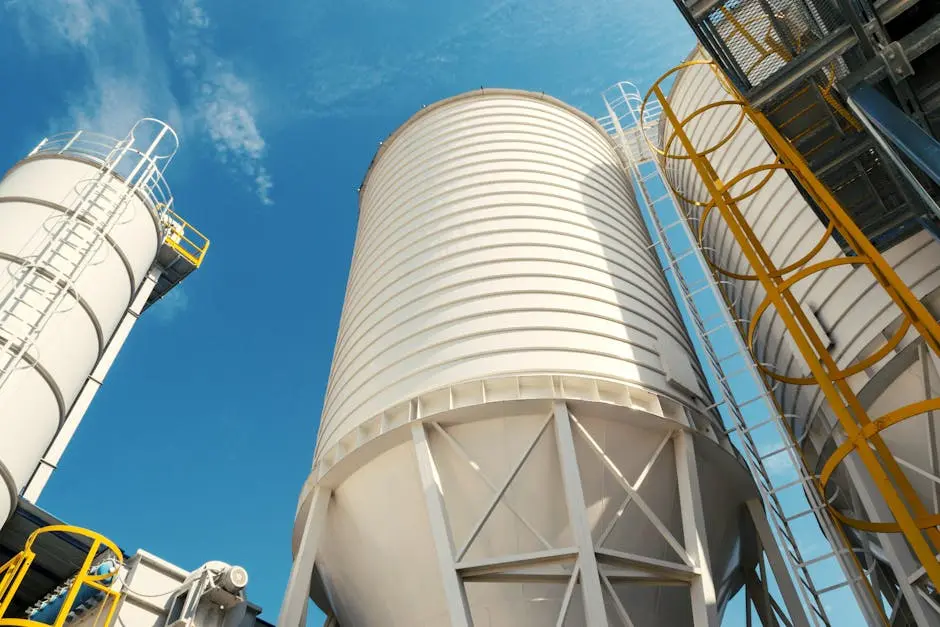Sandblast services offer an effective method for cleaning and preparing surfaces across various industries. Understanding how they work can help you determine if they’re right for your project. Let’s explore the process in detail.
What Are Sandblast Services?
Sandblast services involve using high-powered equipment to blast a stream of abrasive materials against a surface. This process helps in cleaning, smoothing, or shaping various materials like metal, wood, glass, and more.
Imagine trying to remove old paint or rust from a metal surface. A sandblast service can make this task as easy as sending a burst of tiny, hard particles at the surface, stripping away the unwanted layer without damaging the underlying material. The beauty of sandblasting lies in its simplicity and effectiveness—like a high-tech eraser for stubborn grime and rust.
Beyond just cleaning, sandblasting is also used to create artistic finishes on surfaces. The technique can etch intricate designs onto glass or create textures on metals and woods, adding a unique touch to various projects. Whether for practical cleaning or creative purposes, sandblasting is both versatile and powerful.
Components of the Sandblasting Process
At its core, sandblasting involves three main components: an air compressor, a blasting nozzle, and the chosen abrasive material. Together, they create a high-pressure stream that efficiently cleans surfaces.
The air compressor is the powerhouse behind the operation, generating the pressure needed to propel the abrasive materials at high speed. It’s like the lungs of the setup, pushing the breath of air necessary to make the system work effectively. This makes choosing the right compressor crucial for a successful sandblast job.
Meanwhile, the blasting nozzle directs the flow of the abrasive material. The shape and size of the nozzle can significantly impact the precision and scope of the blasting, much like the lens of a camera focuses light to capture an image. A well-selected nozzle ensures that the abrasive stream is perfectly tailored to the task at hand.
Types of Abrasive Materials Used
Common abrasives include sand, glass beads, and aluminum oxide. Each material holds specific characteristics that make them suitable for certain jobs, ensuring optimal results for various surfaces.
Choosing the right abrasive material is akin to picking the right tool for the job. Sand, for instance, is like the universal tool—efficient for general cleaning. Glass beads offer a gentler touch, perfect for delicate surfaces where you wouldn’t want to over-scrub. On the other hand, aluminum oxide is tough and aggressive, ideal for surfaces requiring heavy-duty cleaning.
Specialized abrasives such as walnut shells and plastic beads are also available. These materials cater to niche requirements, offering safe cleaning without scratching softer materials or without contaminating the substrate. The diversity in abrasive materials highlights just how adaptable sandblast services can be.
Applications of Sandblast Services
Sandblasting is utilized in multiple fields, from industrial applications like cleaning metal castings to artistic endeavors, such as etching glass designs. Its versatility makes it a valuable tool in diverse settings.
In automotive industries, sandblasting is essential for removing rust, paint, and other coatings from car bodies and parts, paving the way for restoration or repainting. Similarly, in the construction sector, it’s used to clean building exteriors and improve the adherence of coatings on surfaces.
Beyond industrial uses, hobbyists and artists embrace sandblasting for its creative potential. Imagine etching intricate designs onto glassware or giving a wooden project a new texture—sandblast services open a world of customization and personal artistry.
Safety Measures in Sandblasting
Safety is paramount. Operators must wear protective gear, including goggles, masks, and gloves, to shield against the abrasive materials and potential hazards associated with the high-pressure process.
Protection doesn’t stop with personal safety equipment. Proper ventilation in the work area is crucial to avoid inhaling any stray particles. Facility safeguards ensure the environment is secure for operators and free from any potential risks posed by the high-speed operation.
Training is another cornerstone of safety in sandblasting. Professional operators are well-versed in handling the equipment and aware of potential safety hazards, preventing accidents and ensuring efficient operation. All these safety precautions emphasize a commitment to a secure and successful sandblasting experience.
Choosing the Right Sandblast Service
When selecting a service provider, consider factors such as experience, equipment quality, and customer reviews. Ensuring your chosen service aligns with your specific requirements is key to successful outcomes.
A reputable service provider will often offer consultations to understand your project’s unique needs—whether it’s a simple cleaning job or a detailed etching task. This personalized approach helps cater precisely to what you’re looking to achieve with sandblast services.
Additionally, reviewing case studies or portfolios of previous projects can offer insights into a company’s capability and style. It’s always handy to see past results before making a decision. Remember, the right sandblast service can significantly elevate the quality of your project.
Why Understanding Sandblast Services Matters
Understanding the intricacies of sandblast services can help you make informed decisions for your cleaning or surface preparation needs. Whether you’re considering it for industrial purposes or smaller DIY projects, knowing how it all works is the first step towards effectively achieving your desired outcomes.


